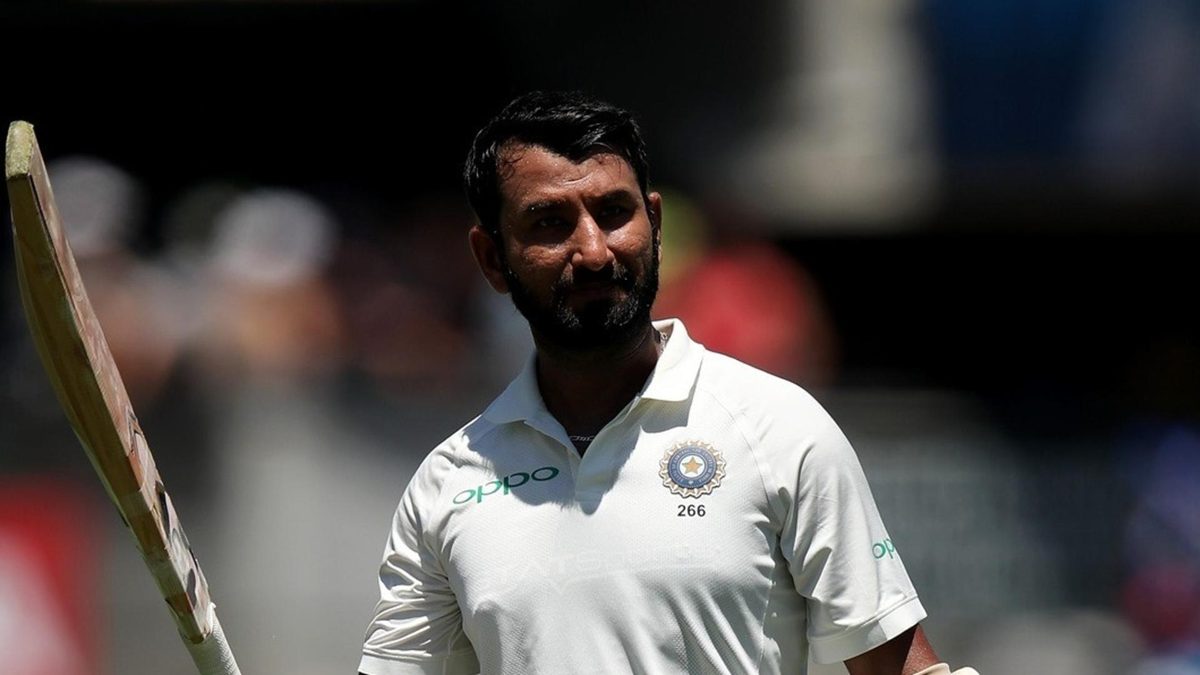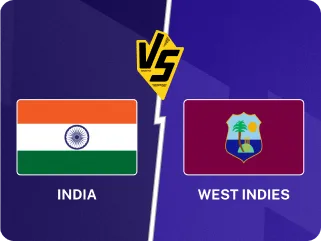
Cheteshwar Pujara was one of the greatest No.3s Test cricket has known – but that does not tell the entire story.
The one-drop is a unique batting position in Test cricket. If a wicket falls early, they have to fill in as a faux opener. If it does not, they have to assume control and dominate. All that makes it an extension of the opening pair as well as of the middle order.
That is probably why, over the course of their career, some legendary No.3s have dropped one slot down to No.4. Viv Richards, Brian Lara, Jacques Kallis, Younis Khan, Steve Smith, Joe Root – the list is long. Others stayed put at one-drop.
Pujara’s 6,529 runs are the sixth-most by a No.3 since Don Bradman retired. With a 4,000-run cut-off, his average of 44.41 is 11th, a rank that does not change even if one adjusts for era. While he is not at the top, he still ranks high, considering that the span covers more than three-quarters of a century.
Pujara started in the 2010s and continued until the 2020s, the worst decade for the No.3 (35.03) since the end of the First World War. Since the start of 2018, the batting average for the No.3 has dropped more than any other position in the top six. So much so that teams do not hesitate to use the “False No.3”: barring Williamson, the two best middle-order bats in an XI bat at four and five these days, not three and four.
That phase (from the start of 2018) also encompassed nearly half of Pujara’s outings at No.3 (78 innings out of 155). No one else has batted at No.3 even 55 times over this period.
It is important to understand the significance of this. Pujara’s early years were a relatively easy era for No.3s. He amassed runs by the thousands in domestic cricket, and had a seamless transition as Dravid’s heir at No.3 at the highest level.
The game changed from 2018. Bowling attacks became deeper, fast-bowling averages got better, the opening batters lasted less time. Pujara was 30 by the time he had to adjust to this change. He averaged only 34.13 over this period, but he held his own at No.3 for India, who were good enough to win 21 Tests and lose only 12 over this period.
The Indian team management knew how difficult it is to find a world-class No.3. Dravid (10,501 excluding the runs for ICC World XI) dominates the national chart. But remove Dravid, and Pujara (6,529) has more runs at No.3 than the next two names, Mohinder Amarnath (2,907) and Dilip Vengsarkar (2,763) put together.
In fact, Pujara’s significance became apparent once he was phased out from the Test XI. Since Pujara played his last Test, in June 2023, only one Indian No.3 has scored a Test fifty away from home: Sai Sudharsan at Old Trafford in 2025.
There is another understated common aspect between the two No.3s. Virender Sehwag revolutionised batting at the top, while Rishabh Pant is the most explosive keeper to have batted in the top five. Whether Dravid and Pujara enabled Sehwag and Pant to bat with more freedom is debatable, but they definitely thrived off each other: Sehwag and Dravid averaged 60.41 as a pair, while Pujara and Pant averaged 67.60.
Never another like Pujara
In cricket, the word “impact” is often used to measure intangible attributes, but in Pujara’s case, they are perfectly measurable. For him, the most significant parameter was the balls he kept out, blunting opposition pace attacks, the impact of which often reflected towards the end of the long series.
With a 10,000-ball cut-off over the course of Pujara’s career, only four batters have lasted longer than his 98 balls per dismissal – Smith, Williamson, Azhar, and Alastair Cook. In duels between comparable pace attacks, Pujara played his part by ensuring the fast bowlers bowling at him were more tired than their Indian counterparts.
Spending time at the crease was his forte. At Ranchi in 2016/17, Pujara scored 202 against Australia – across 525 balls, becoming the first Indian to face 500 balls in a Test innings (where data is available, that is: Charles Davis calculated that Madhav Apte was at the crease for around 200 overs for his 163 at Port of Spain in 1952/53).
On the 2018/19 tour of Australia, Pujara dug deep across four Tests, grafting out 521 runs at 74.42 against one of the deepest bowling attacks of all time. He kept out 1,258 balls on that tour – still a record for a series of four Tests or fewer in Australia.
India won a Test series in Australia for the first time. Two years later, they did it again, with an injury-plagued unit. One of only two cricketers who lasted all four Tests, Pujara faced 928 balls. He kept out 381 balls across the two innings at Sydney and – amidst innumerable body blows – another 305 at Brisbane. On both occasions, the Australian fast bowlers ran out of steam towards the end of the fourth innings.
The Brisbane triumph is part of Indian cricket’s folklore – just like the myriad graphics of the blows Pujara took over the course of the innings.
The most brutal of these was on the index finger where he had been hit in the nets. He threw the bat in an uncharacteristic display of agony. Was it a fracture? Physiotherapist Nitin Patel recommended a painkiller. Pujara refused (“it makes me woozy”) and continued, gripping the bat with the other fingers. Playing with a fractured finger against Australia was, after all, familiar territory for him: opening batting, he had made two fifties at Delhi in 2012/13.
Australia brought the best out of Pujara. With a 2,000-ball cut-off on Australian soil in the 21st century, no batter – Australians included – has faced as many as his 127 balls per dismissal. He wore down the bowlers, ball by ball, session by session. And he did that in two of the greatest triumphs Indian cricket has known.
Indian cricket has moved on from Pujara. Its history has not, and is unlikely to.








